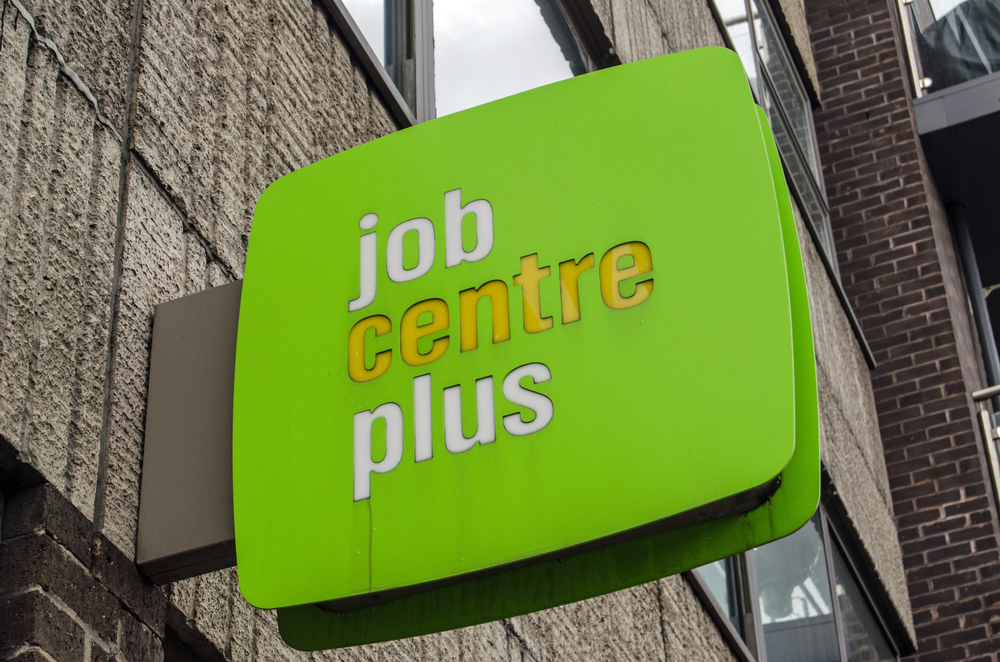Household Bills
Unemployment at highest level in three years

The unemployment rate grew to 4.5% in the three months to August, compared with 4.1% previously, according to the Office for National Statistics (ONS).
The picture is not uniform across the country, with the jobless rate jumping by 1.4% to 6.6% in the North East, while the rate actually fell in the West Midlands, by 0.4% to 4.6%.
Northern Ireland has the lowest rate overall at 3.7%, though this is up 1.2% on the previous quarter.
The ONS Labour Market Statistics report estimates that the UK employment rate was at 75.6% in June to August, 0.3 percentage points lower than this time last year, and 0.3 percentage points lower than the previous quarter.
According to the ONS, an estimated 1.5 million people were unemployed between June and August, while redundancies stood at 227,000.
The number of people claiming work related benefits hit 2.7 million in September, an increase of 1.5 million since the beginning of the crisis in March.
Laith Khalaf, financial analyst at AJ Bell, says: “Unemployment isn’t high by historical standards, but the picture is clearly deteriorating. We’re beginning to see what the economic wound looks like as the bandage of furlough is gradually removed.
“August was the month where employers started to pay towards the cost of furloughed employers – only employer National Insurance payments and pension contributions at that point, but even more is required in September and October. The new Jobs Support Scheme will help to cushion the blow, but we’re likely looking at the thin end of the wedge when it comes to unemployment.
“Since October 2008, wage growth has averaged 2%, and is flat after factoring in inflation. In other words, wages have gone nowhere in 12 years in real terms. Given what’s happened to house prices over the same period, it’s no wonder so many people can’t afford to get on the housing ladder.”
Jack Kennedy, UK economist at job site Indeed, says: “The pandemic’s human cost, in jobs lost and livelihoods impacted, is slowly being laid bare. The number of people claiming benefits has surged to 2.7 million and two thirds of a million fewer people are working now compared to March.
“And yet for all that, this is far from a labour market in freefall. New jobs are being created, and in the three months to the end of September, the total number of vacancies jumped at a record-breaking pace.
“Indeed’s data shows that the sector burning brightest is construction. A mini-boom in building has seen the number of construction jobs listed on the site jump by 267% between May and the start of October.”
The jobs data has been released the day before tough local lockdown rules that will force some businesses to close come into effect.
Chancellor Rishi Sunak announced last week that employees who work for businesses which are forced to closed due to local or national coronavirus restrictions may be eligible to receive two thirds of their salary.
Some industry experts say the worse is yet to come regarding jobs, with the furlough scheme finishing at the end of October.
“Viable” businesses only will be eligible for support from the Jobs Support Scheme starting on 1 November.
Susannah Streeter, senior investment and markets analyst at Hargreaves Lansdown, says: “With the general subsidy removed, many thousands more people are expected to be ejected from their jobs into what will be a difficult search for work.
“Although employers can still access support from the government under the new scheme, they have to afford to pay staff part-time wages and that won’t be easy as consumer demand in many sectors remains depressed. The arts, entertainment and recreation sector is expected to be particularly badly hit, with 51% of workers on furlough with so many venues still closed.
“The prospects for employment in the hospitality sector are also gloomy given the indications that bookings may be slowing.”